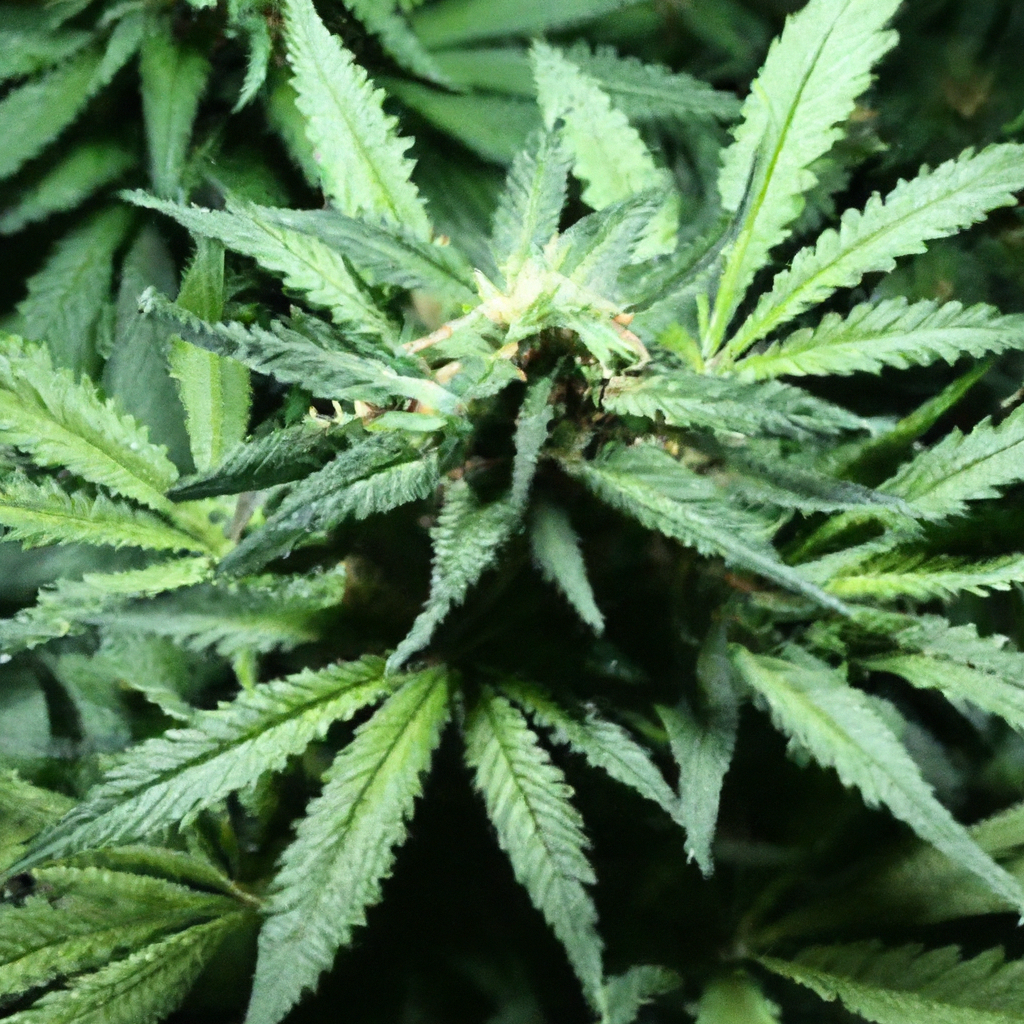“Growing greatness, one strain at a time.” – John “Magic” Greenleaf
Introduction
In the world of cannabis cultivation, there are myriad factors that contribute to a successful harvest. Among them, the manipulation and management of light cycles play a pivotal role. For high-altitude growers in Colorado like myself, understanding the nuances of light exposure can unlock unparalleled growth and development, turning your garden into a thriving powerhouse.
Understanding Light Cycle Basics
The light cycle of cannabis plants dictates their growth phases. In the vegetative stage, plants require prolonged exposure to light—typically 18-24 hours a day. This mimics long summer days, fostering rapid vegetative growth without triggering the flowering process. Conversely, the flowering stage requires a shift to a 12/12 light/dark cycle, which encourages your plants to begin producing buds.
- Vegetative Growth: 18-24 hours of light, optimizing plant size and leaf growth.
- Flowering Phase: 12 hours of light and 12 hours of darkness, crucial for bud formation.
High-Altitude Considerations
Growing at high altitudes introduces unique challenges and opportunities. Thinner air means greater UV exposure, which can enhance cannabinoid and terpene profiles but requires careful management to avoid stress. Utilizing UV supplements can simulate this environment indoors, ensuring your plants develop the potency and complexity expected from high-altitude strains.
Indoor Light Cycle Optimization
Cultivating indoors offers the advantage of controlling every aspect of the light cycle. By using high-efficiency LED systems, you can achieve remarkable energy savings while optimizing the growth conditions. I ensure my indoor grows are precisely timed with automated systems, securing up to 25% energy reduction and maximizing yield efficiency to 1.5-2 grams per watt of light.
Practical Steps for Light Optimization:
- Invest in high-quality LEDs like the Gavita Pro for energy-efficient yields.
- Use automated timers to maintain consistent light cycles.
- Incorporate UV and infrared light to mimic natural high-altitude conditions.
Conclusion
Light cycle management is more than just a cultivation technique—it’s a balancing act that, when mastered, can lead to healthier, more potent cannabis crops. Whether you’re a home grower or managing a commercial operation, understanding and controlling your garden’s light environment is paramount to achieving superior quality and yield. Remember, healthy roots lead to healthy buds and, ultimately, a happy harvest.


Leave a Reply